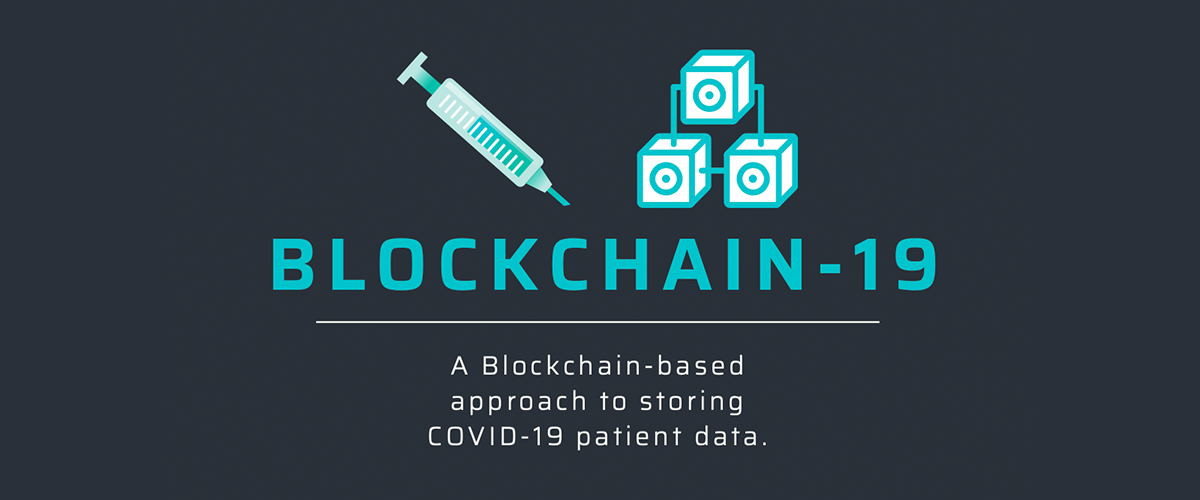Blockchain-19
A conceptual blockchain-based approach to storing COVID-19 patient data, implemented in Python.

About Project
The algorithm and means of storage that make up the concept one of the biggest cryptocurrencies was built upon (Bitcoin) is known as blockchain. Blockchain is the key to creating and maintaining the ledger that bitcoin runs on. This blockchain algorithm allows for the storage of the mining and transaction data of bitcoin across the globe. It is a decentralized system that allows anyone to confirm the correctness of transactions and work with each other, while also keeping all individual parties anonymous. Blockchain is a great decentralized way to store data.
When my group was tasked with creating a blockchain project, we first thought about what data our blockchain could store. With all of the data and research related to the current global pandemic of COVID-19, we wanted to use mock-up COVID-19 hospital/patient data. This problem fits the anonymous storage solutions offered by blockchain perfectly, as our blockchain concept and associated hash algorithm could store important data for hospitals and researchers without giving away the identity of any patients. Patient confidentiality is important to the integrity of our healthcare system, which made blockchain storage a perfect fit for this realistic application. Data stored in such a blockchain could be used by both hospital systems and those investigating the virus alike, as researchers can use this confidential and anonymous data to learn more about the virus. Here is where Blockchain-19 was started.
The project involved the creation of a Python program that serves as a blockchain ledger of COVID-19 information, meaning that users will utilize the program to enter in patient information. After the information is entered, the program will automatically calculate the hash content contained in the blockchain based on this patient information. The blockchain will use patient attributes such as the hospital they reside in, patient ID, and level of care as base inputs. It will then calculate the hash of each patient based on these attributes and the previous hash in the blockchain. By using a blockchain with hash technology, patients can ensure that their private information is confidentially secured and that it won't be released.
Here is poster detailing the project concept that was displayed at a yearly Allegheny College Symposium:
